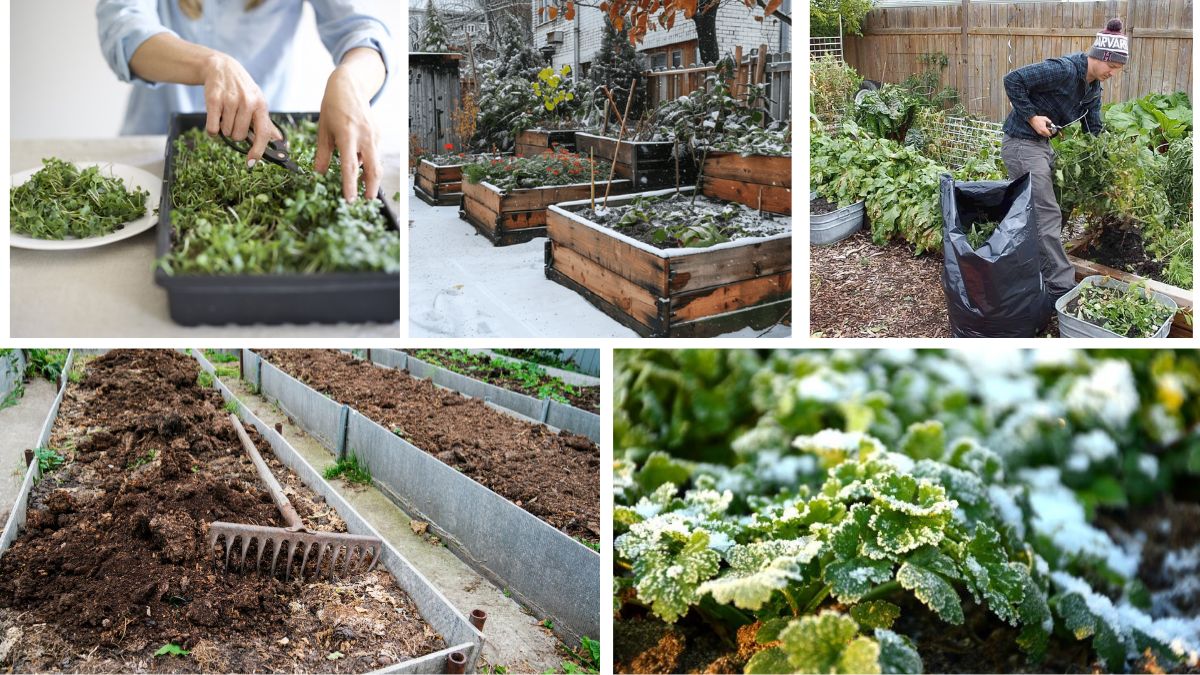As the seasons change and temperatures drop, gardeners face the challenge of protecting their plants, soil, and garden structures from harsh winter conditions. Proper winter preparation ensures that your garden survives the cold months and thrives again in spring. By taking the right steps, you can prevent damage, retain soil health, and minimize pest and disease issues, setting your garden up for a successful growing season.
In this article, we’ll explore step-by-step strategies for preparing your garden for winter survival, covering soil care, plant protection, maintenance, and winter gardening tips.
1. Assess Your Garden Before Winter
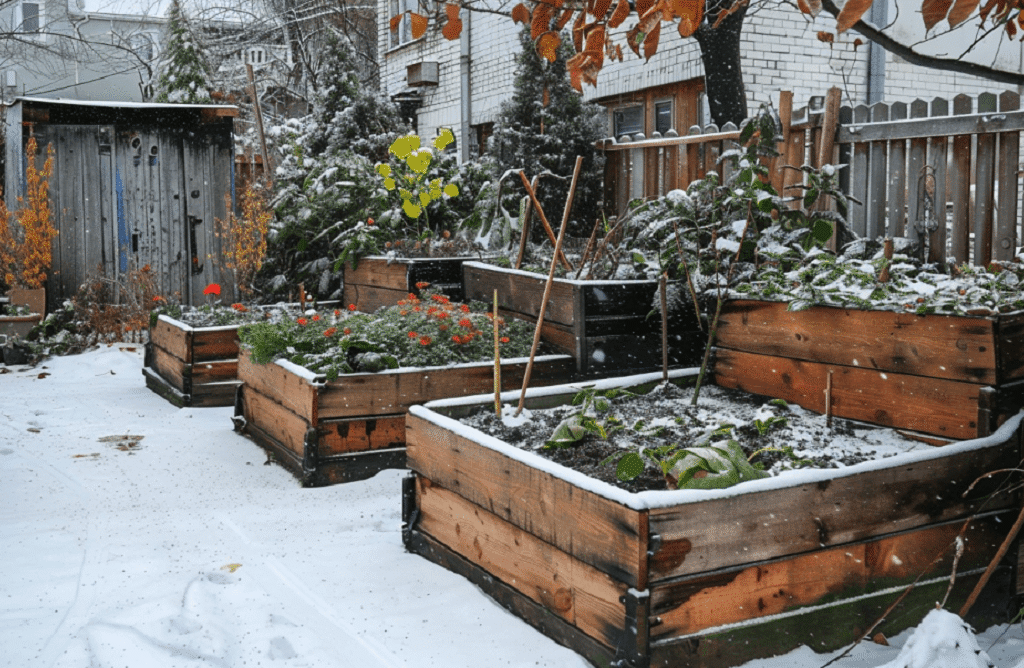
The first step in winter preparation is a thorough garden assessment. Walk through your garden and identify:
- Plants that are perennials, annuals, or tender crops that may need extra protection.
- Areas where water tends to pool or freeze, which could damage roots.
- Garden structures, such as fences, raised beds, or trellises, that may need reinforcement.
Taking stock allows you to prioritize tasks and ensures you address the areas most vulnerable to winter damage.
2. Clean Up Your Garden
A clean garden reduces the risk of disease, pests, and mold growth during the winter. Key steps include:
- Remove dead plant material: Cut back spent annuals, remove diseased foliage, and prune damaged branches from perennials.
- Clear fallen leaves and debris: While some leaves can be used as mulch, excessive debris can harbor pests and fungi.
- Clean garden tools: Wash and disinfect tools to prevent the spread of disease when you return in spring.
A tidy garden is less prone to winter problems and easier to maintain once the cold sets in.
3. Protect Your Soil
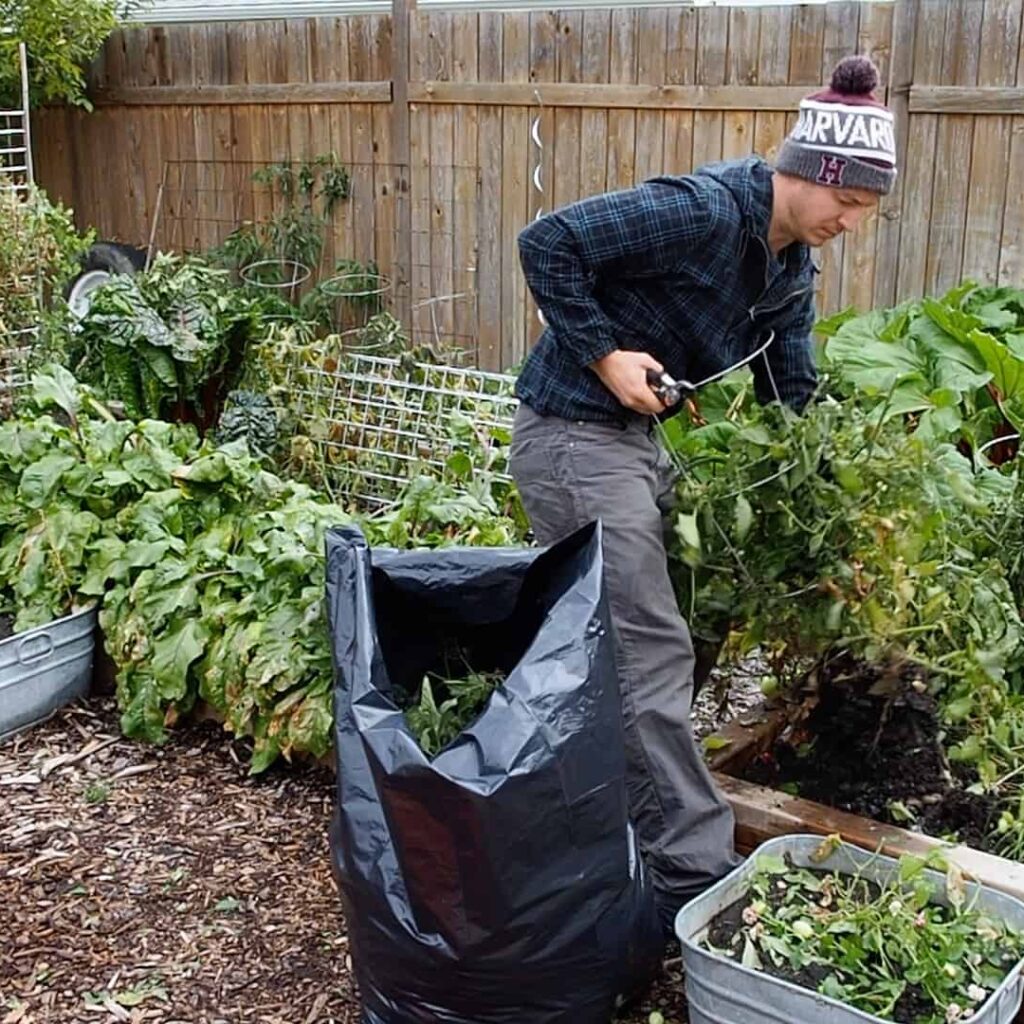
Healthy soil is the foundation of a thriving garden. Winter protection techniques include:
Mulching
- Apply a 2–4 inch layer of mulch around perennials, shrubs, and vegetable beds.
- Use straw, shredded leaves, wood chips, or compost.
- Mulch insulates the soil, prevents erosion, and preserves beneficial microorganisms.
Cover Crops
- Planting cover crops such as clover, rye, or vetch adds nutrients and prevents soil erosion.
- Cover crops fix nitrogen, improve soil structure, and suppress weeds, giving your garden a strong start in spring.
Soil Amendments
- Apply organic matter like compost or well-rotted manure before winter to enrich the soil.
- Avoid heavy tilling in frozen conditions; instead, lightly work amendments into unfrozen soil.
4. Protect Plants From Frost and Cold
Cold temperatures and frost can severely damage plants, particularly tender vegetables and perennials.
Frost Protection Techniques:
- Cloches and Row Covers
- Use plastic or fabric cloches, hoops, or frost blankets to shield vulnerable plants.
- Mulching Around Roots
- Apply mulch around perennials, shrubs, and young trees to protect roots from freezing.
- Move Potted Plants Indoors
- Tender or tropical plants in containers should be relocated to a garage, greenhouse, or sunny window.
- Wind Barriers
- Erect temporary fences or screens to protect plants from harsh winter winds.
By combining these strategies, you can minimize frost damage and increase plant survival rates.
5. Care for Your Trees and Shrubs

Trees and shrubs require special attention during winter:
- Prune dead or diseased branches to prevent breakage from snow and ice.
- Wrap young trees with burlap or tree guards to protect bark from sunscald and frost cracks.
- Water deeply before the ground freezes to ensure roots have sufficient moisture.
Proper care protects your trees and shrubs from winter stress and sets the stage for vigorous growth in spring.
6. Prepare Your Garden Beds
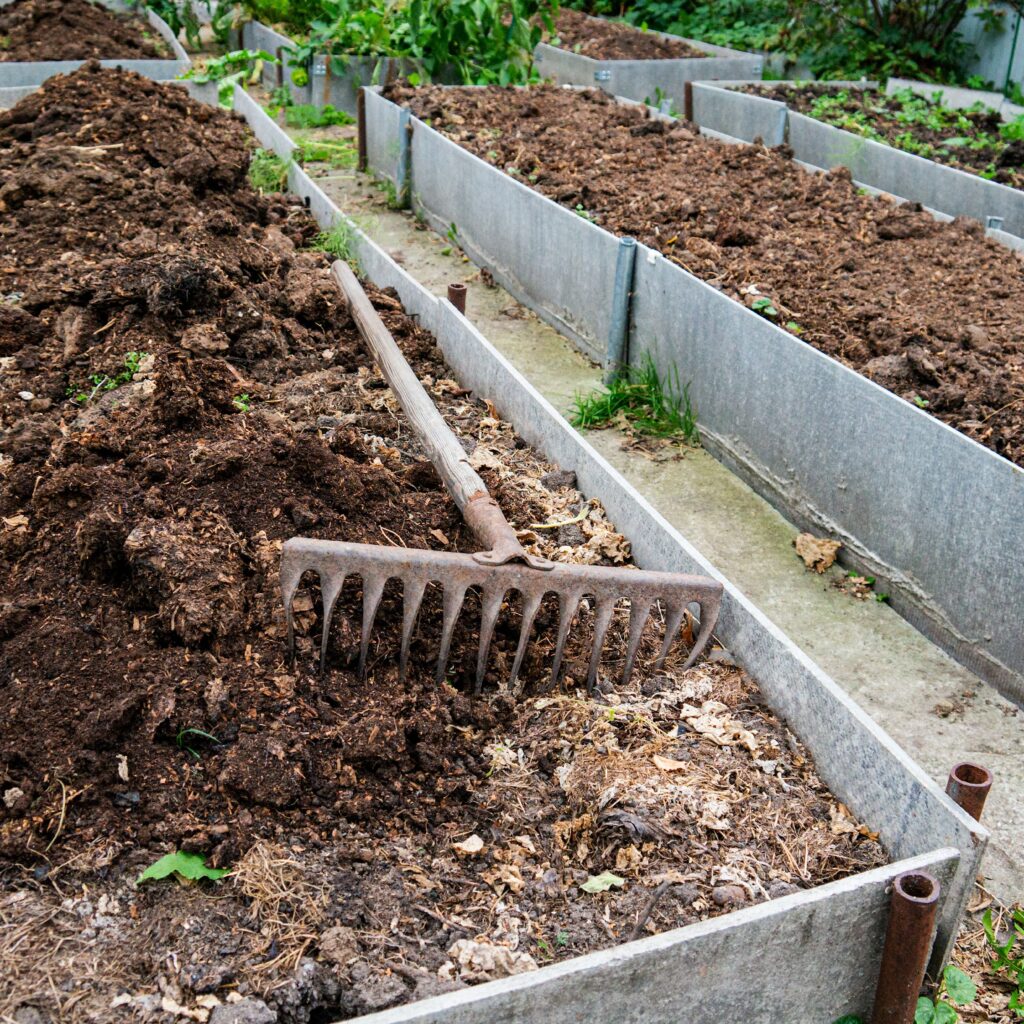
Preparing beds ensures that your soil and future crops are ready for spring planting:
- Remove annual crops that will not survive winter.
- Compost healthy plant debris and add it to beds to enrich soil.
- Loosen soil to improve aeration and drainage.
- Add protective covers like straw or row covers over vegetable beds to shield from frost.
These steps maintain soil structure, prevent nutrient loss, and reduce pest habitats.
7. Manage Pests and Diseases
Winter preparation is not just about cold—it’s also about preventing overwintering pests and diseases:
- Clean up plant debris to remove habitats for insects and fungal spores.
- Rotate crops each year to reduce soil-borne diseases.
- Apply organic fungicides or dormant oils on trees and shrubs if needed.
- Store seeds, bulbs, and tools properly to avoid infestations.
Proper management reduces the need for chemical interventions in spring.
8. Protect Garden Structures
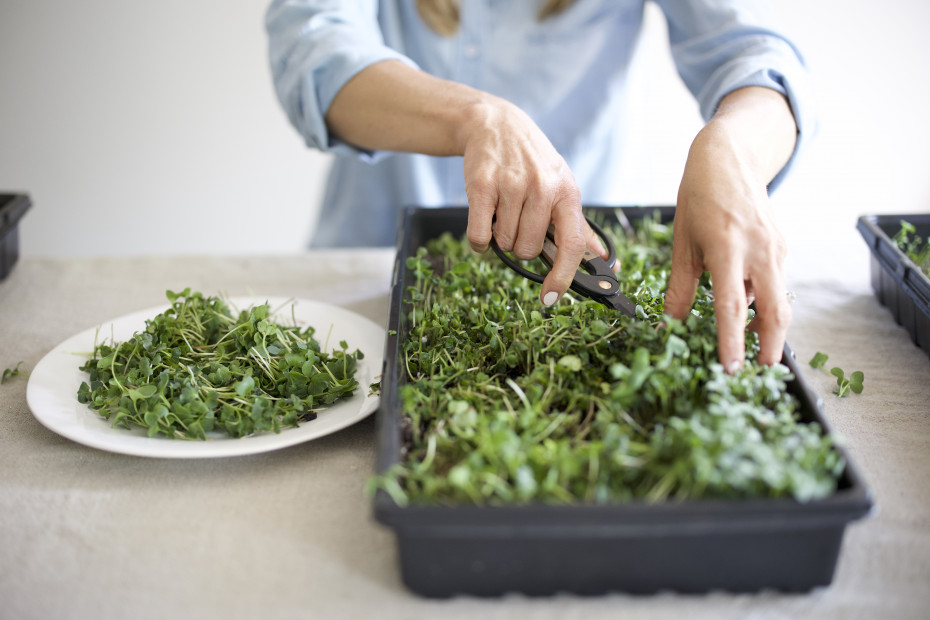
Winter weather can damage garden infrastructure:
- Reinforce raised beds and trellises to withstand snow and ice.
- Drain and store irrigation systems to prevent freezing and cracking.
- Cover or remove garden furniture and decorations to protect them from harsh conditions.
Taking these precautions ensures that your garden is structurally sound and ready for spring.
9. Consider Winter Gardening
Even in cold climates, some plants can grow in winter:
- Cold-hardy vegetables: Kale, spinach, garlic, and winter radishes.
- Greenhouses or cold frames: Extend the growing season and protect sensitive plants.
- Indoor gardening: Herbs and leafy greens can thrive in sunny windows or grow lights.
Winter gardening helps you continue harvesting fresh produce and maintain an active garden even during cold months.
10. Plan for Spring
Winter preparation also involves planning for the next season:
- Order seeds and bulbs for spring planting.
- Review garden layout and crop rotation plans.
- Take notes on plant performance, pest issues, and soil conditions to improve next year’s results.
By planning ahead, you ensure your garden emerges stronger and more productive after winter.
Conclusion
Preparing your garden for winter survival is essential for plant health, soil preservation, and long-term productivity. By assessing your garden, cleaning up debris, protecting soil, shielding plants from frost, and managing pests, you can ensure that your garden emerges resilient and ready for a thriving spring season.
Winter garden preparation is not just about protection—it is an investment in your garden’s future, ensuring that every plant, tree, and bed survives the cold months and flourishes when the warmth returns.
With thoughtful planning, proper maintenance, and strategic protection, your garden can survive winter’s harshness and bloom beautifully in the next growing season.
